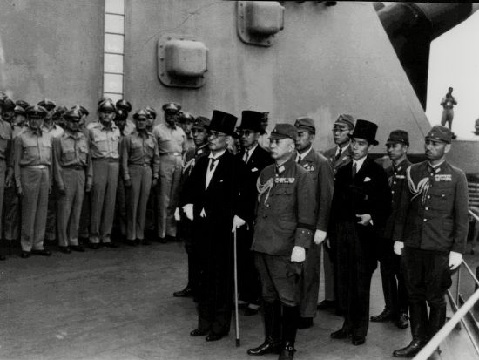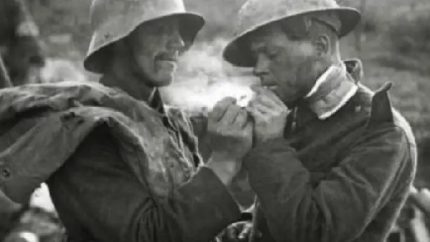

1776: Washington Crosses the Delaware
On December 25, 1776, General George Washington led 2,400 Continental Army soldiers across the icy Delaware River during the American Revolutionary War. This daring nighttime maneuver set the stage for a surprise attack on Hessian forces stationed in Trenton, New Jersey. The victory at Trenton reinvigorated the revolutionary cause, lifting morale and encouraging enlistment at a time when hope for independence seemed to waver. Washington’s crossing remains a symbol of determination and resilience in the fight for American freedom. Washington’s crossing of the Delaware led to a critical victory that revitalized the American Revolution.
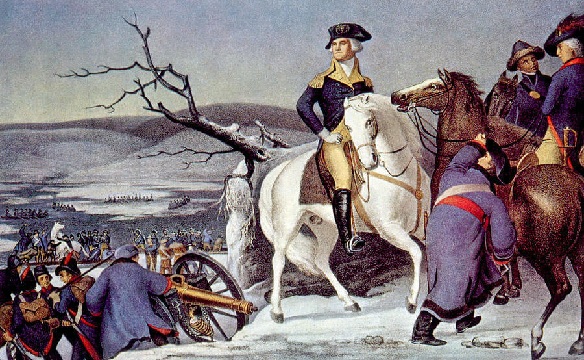

1066: William the Conqueror Crowned King
On Christmas Day in 1066, William, Duke of Normandy, was crowned King of England in Westminster Abbey. This coronation followed his decisive victory at the Battle of Hastings, where his Norman forces defeated the Anglo-Saxon army led by Harold Godwinson. The event marked the beginning of the Norman Conquest, a transformative period that reshaped English society, governance, and culture. The introduction of feudalism and the melding of Norman and Anglo-Saxon traditions had lasting effects on the development of England. William’s coronation ushered in the Norman Conquest, fundamentally altering English history.
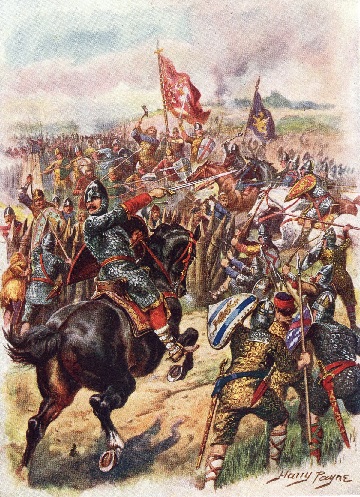
1868: Johnson Pardons Confederate Supporters
On December 25, 1868, President Andrew Johnson issued unconditional pardons to all individuals who had supported the Confederacy during the Civil War. By granting amnesty just three years after the war’s end, Johnson sought to promote national reconciliation and restore unity to a fractured nation. Critics, however, questioned whether such leniency undermined justice for the war’s devastating toll. This controversial decision reflected broader struggles over Reconstruction and the nation’s efforts to heal from its bloodiest conflict. President Johnson’s blanket pardon aimed to reunify the country but sparked debate over its implications for justice and accountability.
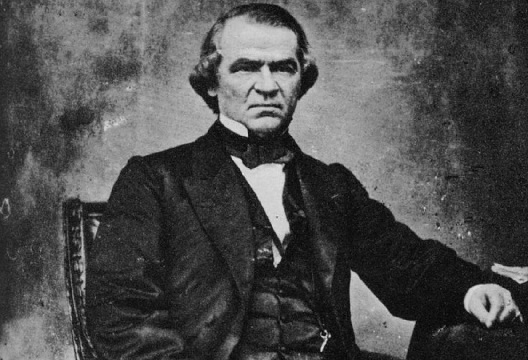
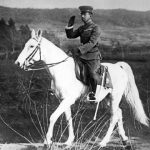
1926: Hirohito Becomes Emperor of Japan
On December 25, 1926, Hirohito ascended the Chrysanthemum Throne, succeeding his father, Emperor Yoshihito, to become Japan’s 124th emperor. His reign, known as the Shōwa era, spanned the most tumultuous years of Japan’s modern history. Under Hirohito, Japan underwent profound transformations, including the rise of militarism, territorial expansion during the Second Sino-Japanese War, and participation in World War II. Following the war, Hirohito played a symbolic role in Japan’s recovery and its emergence as an economic powerhouse. Emperor Hirohito’s reign encapsulated Japan’s militaristic expansion and its postwar recovery and modernization.
